No, not a Wildebeest calf, but 8lbs of female Homo sapiens. Amaya Lana Mckenzie was born 13 days ago after putting mum through 46 hours of labour. All good now and we will be looking to take her on some of our wildencounters trips soon.
As domestic duties are curtailing my own travels for a few weeks, I thought I would post 16 of my favourite images from the last 18 months – about the time I began to travel on a more regular basis. I say favourite, but if you ask me tomorrow, I’m sure I would give you 16 entirely different images. Anyway, hope you enjoy them.
1. November 17, 2009 will go down as the single greatest day of photography that I have had the privilege to experience. Blue sky, T-shirt weather, surrounded by hundreds of Emperor Penguins and their adorable chicks, all set against a breathtaking backdrop of ice and snow – it doesn’t get any better than this. The actual image is an iconic one and I have more original images from the trip but even the most seasoned of wildlife photographers would have pressed the shutter when these four came together.
2. Just south of Lake Turkana in Northern Kenya is a landscape from another world. Punctuated by an endless series of volcanic structures, it is an inhospitable environment of searing heat. Yet in the caustic waters of Lake Logipi, life flourishes with the seasonal lake periodically home to thousands of Lesser Flamingos. This image was taken from a small Cessna with the doors removed, last September, when a prolonged drought had reduced the lake to a few isolated pools of water.
3. China’s culture of eating wildlife or using their parts in traditional Chinese medicine has meant that it has killed off pretty much all of its non-avian wildlife. However, China does contain areas of outstanding scenic beauty. The Jiuzhaigou Nature Reserve in Northern Sichuan province is arguably the jewel in the crown especially during the fall months. I have lots of wide angle images of the fall foliage reflections on the astounding aqua marine lakes, but this image is arguable my favorite from the Reserve. I like the painterly feel to the image and the way the colours blend into and swirl around each other.
4. I love to show wildlife in the context of its environment and this is also a classic case of less is more. I spent many hours in the numbing cold on the edge of this field which attracts large numbers of Japanese Red Crowned Cranes in winter due to supplemental grain that is left out for the birds. In the month of February the Cranes engage in highly ritualized and acrobatic courtship dances and for most photographers this is the main attraction. I have a number of nice images showing this behavior but I still prefer the stark simplicity of this image.
5. A straightforward portrait shot made by the flat light, uniform background and the Cheetah’s bloody face. Normally I would give this type of image a bit more space around the edges but I wanted to show as much detail in the face as possible. On the one level this shows the beauty of the Cheetah; on the other, the violence that exists in the natural world.
6. Lake Natron and its surroundings in Northern Tanzania share many of the traits found at Logipi in Northern Kenya: harsh, dry, brutally hot and waters so corrosive that they pose a physical danger to the touch of a human. Normally, much of the lake contains water with a depth of no more than a few feet while regular Spirulina algae blooms turn the salt crusted waters a vivid violet colour. However, during the rainy season, the lake fills up, the algae wither and the Flamingos depart. On this overcast day in early May 2010, the waters were rendered a dark grey, bordering on black with just enough light to reflect the clouds above onto the mirror like lake waters. Shooting again from a small Cessna I was lucky to find a few remaining Flamingos gliding over the monochromatic surface.
7. Adult lions are for the most part, fairly boring. Occasionally they may hunt during daylight hours but they spend up to 18 hours a day sleeping. The vast majority of their activity takes place under the cover of darkness, away from the obtrusive lenses of pesky photographers. For adult females at least, this all changes when they have young cubs. A juvenile lion’s life is all about exploration, play and an ongoing struggle with its siblings for suckling rights. A mother’s tail is treated as an irresistible play thing. Here I managed to capture the “decisive moment” as the cub rose on its hind legs to sink its small but already sharp teeth into the flailing appendage.
8. It’s been called the greatest wildlife spectacle in the natural world and having witnessed the event in each of the last 14 years; it’s hard to argue with this assessment. Perhaps the most dramatic of the numerous proceedings that characterize the migration are the river crossings especially when the migration is forced to run the gauntlet of swollen waters populated by voracious Nile Crocodiles which often grow to nightmarish proportions. The individual in this particular image is a relative youngster of modest size and thankfully for the alarmed Wildebeest, proved unsuccessful in this attempt.
9. Indonesia’s Kalimantan rainforest is probably the most unforgiving environment that I have spent any prolonged period of time in. A lasting memory is of being permanently soaked in sweat and covered in insect bites. Despite the uncomfortable conditions, it has also been one of the most rewarding photographically, with this mother and impossibly cute baby tolerating my close presence for almost an hour. If you ever want a quick fire introduction to the wanton destruction caused by the palm oil and logging industries, then visit Kalimantan. The Orangutan is barely clinging on in the face of an alarming loss of habitat almost entirely caused by these two industries.
10. Almost certainly the most intense and adrenaline charged few hours of photography I have had took place in a remote atoll pass in Tahiti this summer. Spawning fish aggregations occur in many locations around the globe but few can match the size of the ones that I observed at this location nor do they contain the attendant predation displayed by the numerous Grey Reef and Pointed Nose Sharks. Obtaining decent images is difficult but just to have witnessed this event was an incredible experience on every level.
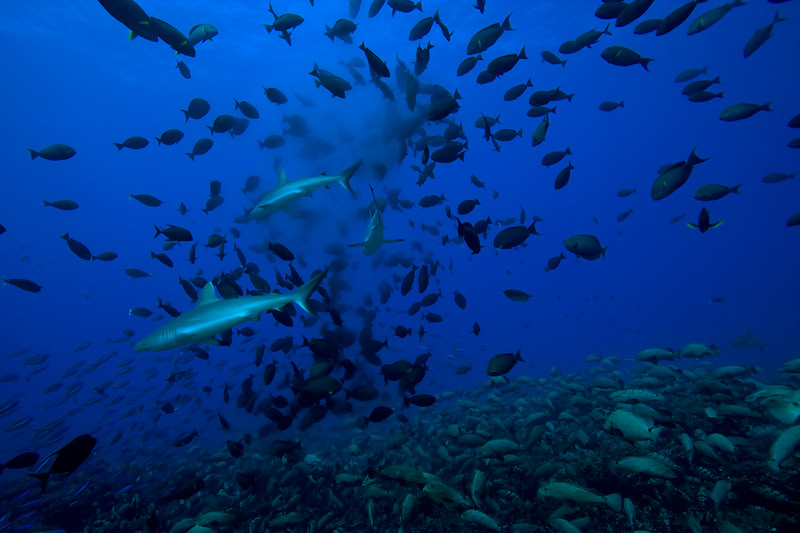
Spawning Bristletooth Surgeonfish with attendent Dark-Banded Fusilers and Grey Reef Sharks above a carpet of Marble and Greasy Groupers, Tahiti
11. Ask me to name my two favorite wildlife destinations and it would be a toss-up between the Masai Mara and Midway Atoll. Difficult (and expensive!) to get to, this small speck of land in the Northern Pacific provides a safe haven for much of the year to almost two million seabirds. Unlike most of the world’s premier wildlife destinations, you can, if you choose, be on your own for the whole day surrounded in all directions by thousands of ridiculously tame birds. Laysan and Black-Footed Albatrosses are the most numerous species but my favorites are the White Terns. The close approach of the birds means that wide-angle lenses come to the fore. This image was taken at a focal length of 26mm, using a touch of hand held, off-camera, fill flash but is really made by the addition in the background of not only five Laysan Albatrosses but also a Red-Footed Booby.
12. Oxpeckers enjoy a symbiotic relationship with Buffalos. The Oxpeckers get to feed off ticks and flies that plague the Buffalos who in turn are happy to be rid of them. With their distinctive red and yellow bills, the Oxpeckers hop up and down the Buffalos safe in the knowledge that they are welcome guests. They are not easy to photograph as they rarely stay still for long. I like the vertical format of this image; the Oxpecker in a mid-air hop and the docile expression on the Buffalo’s face.
13. What’s not to love about Japan? From its people to its food, to its time honored culture and customs, it has to be one of the world’s top destinations to visit (ok, so you have to pay a little more – but it’s worth it). Eastern Hokkaido in winter contains a treasure trove of wildlife wonders laid out on a canvas of scenic splendor. A visit to frozen Lake Kussharo is a highlight with its large migrant population of Whooper Swans. These four were captured walking in near perfect synchronization with plenty of room given to the spectacular backdrop.
14. Kids, don’t try this in the bush. I’d like to tell you I was doing a Steve Irwin (cricky!), lying on the ground facing an onrushing Wildebeest but the truth is that I was safely ensconced in a vehicle 30m away. The image was taken using a wireless trigger attached to a camera hidden inside a casing disguised as a rock. This is a frustrating mode of photography to pursue as so much is left to chance and you have no control over the behavior of the animal or composition while exposure and focusing have to be guessed at in advance. I have lots of misses, but occasionally it works out.
15. Taken the day previous to the Flamingo image, we had suffered slate grey skies for the duration of our aerial photography trip. As we headed back towards the Kenyan border, the clouds began to part and late afternoon sunshine valiantly emerged. With Mt.Shompole in the background, the glassy lake surface produced incredible reflections of the clouds and sky, at times making it difficult to distinguish water from sky. Indeed this phenomenon has caused inexperienced pilots to misjudge their altitude resulting in a number of light aircraft crashes into the lake over the years.
16. This is Keekei, a remarkable female Cheetah that regularly used the top of our vehicle as a vantage point to spot potential prey and predators. Shortly after this image was taken, she removed a pair of sunglasses from Paveena’s head and then began to roughly lick her hair. Enraptured, I failed to take any photos.
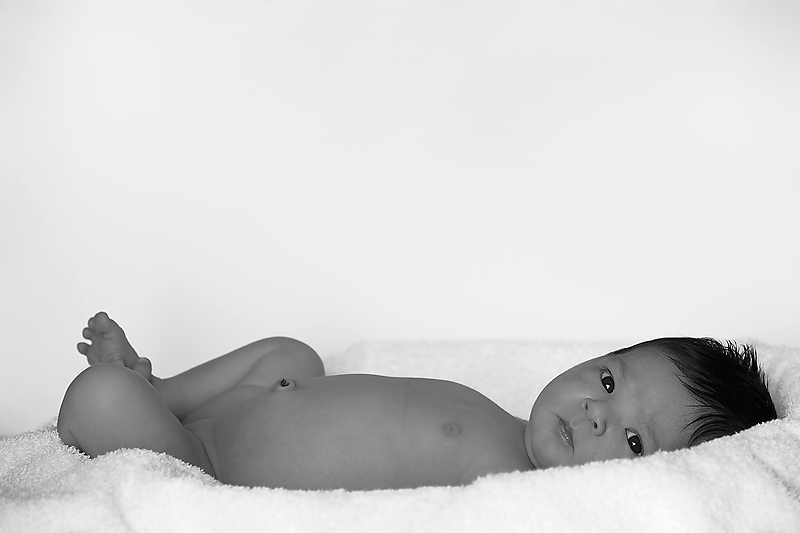
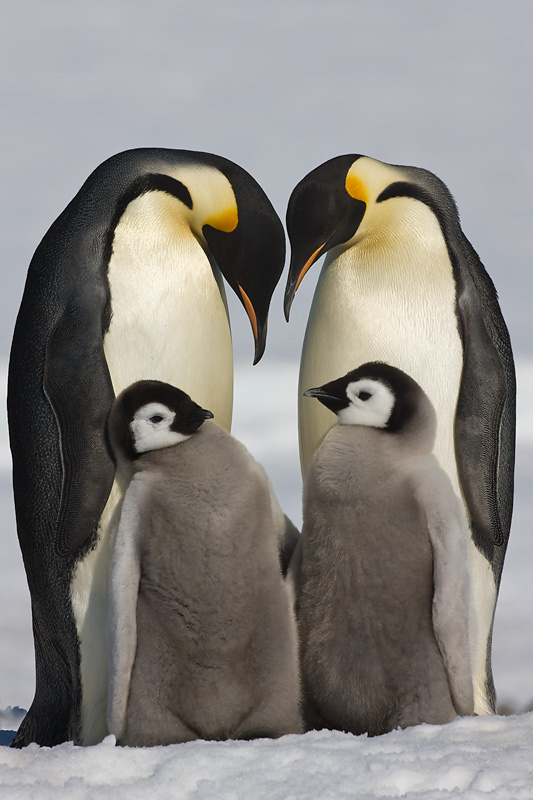
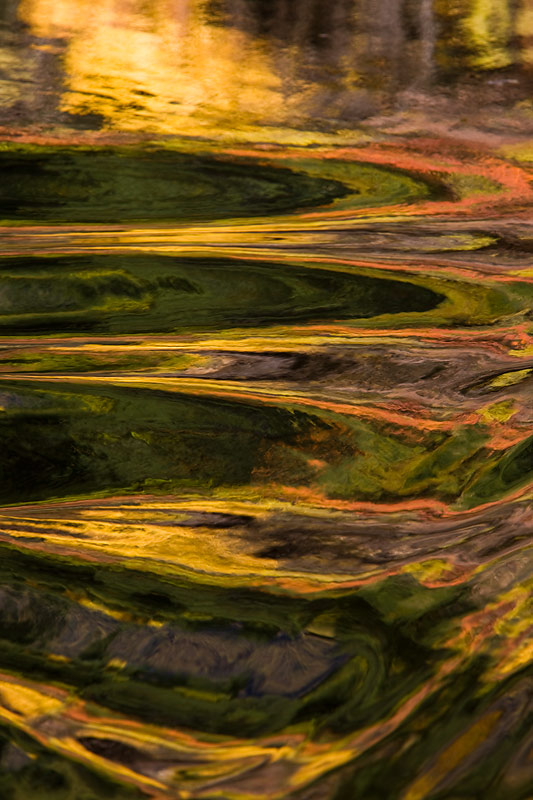
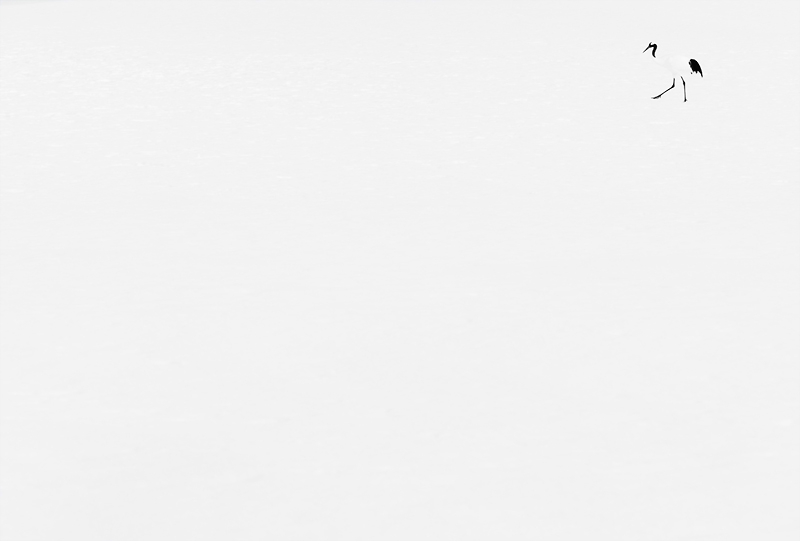
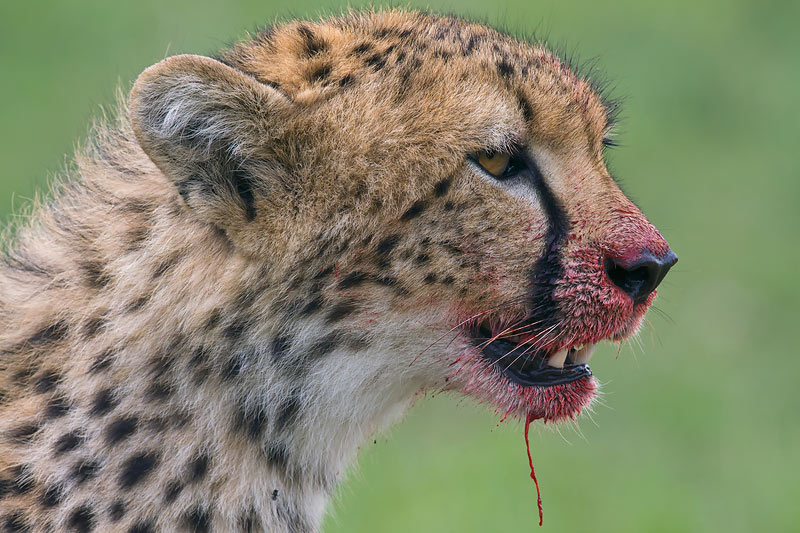
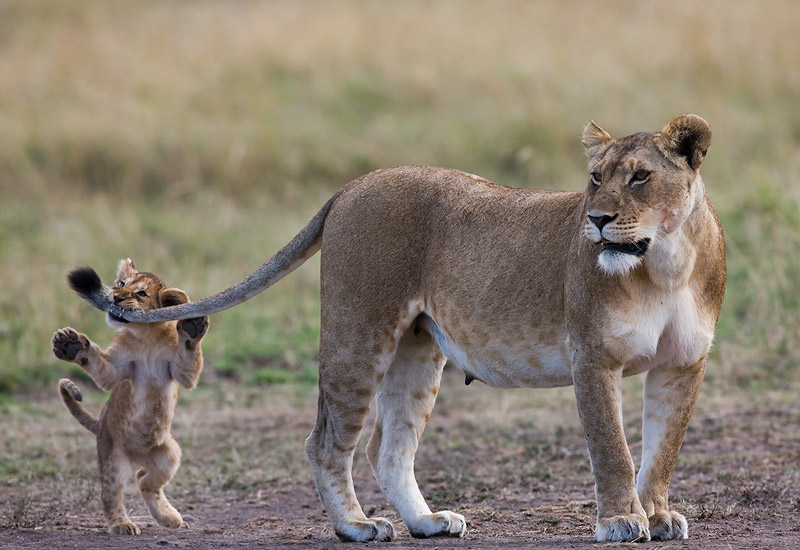
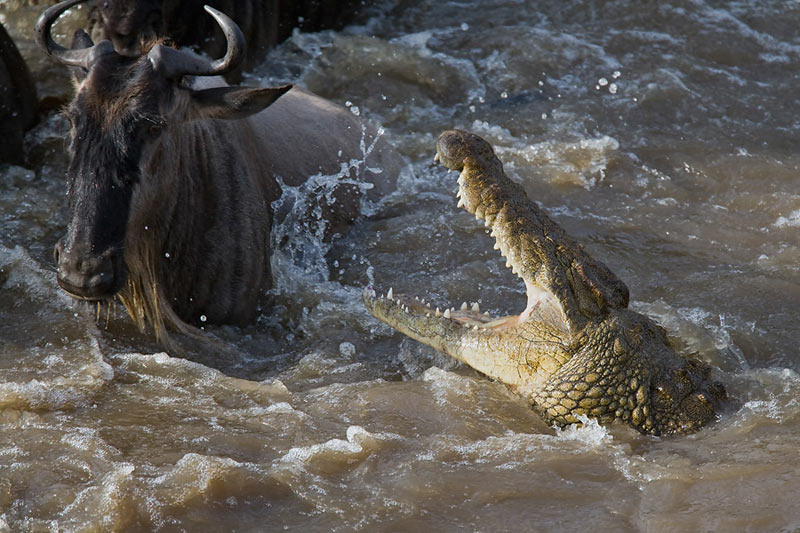
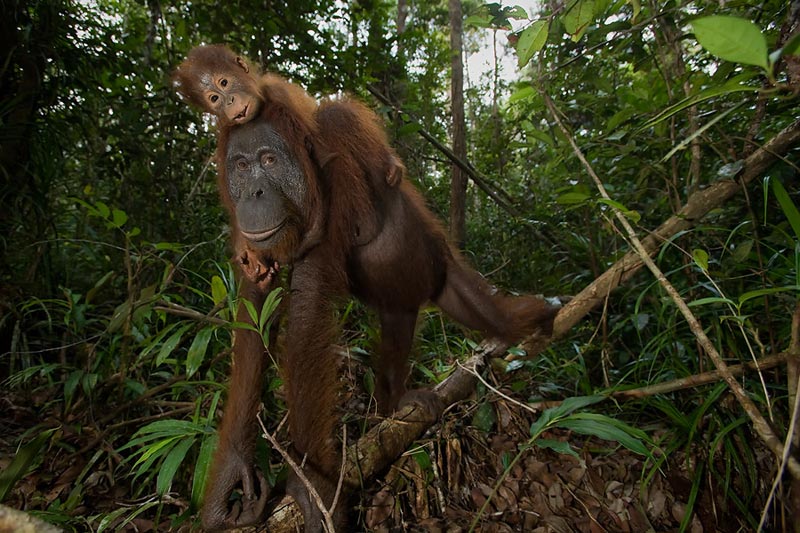
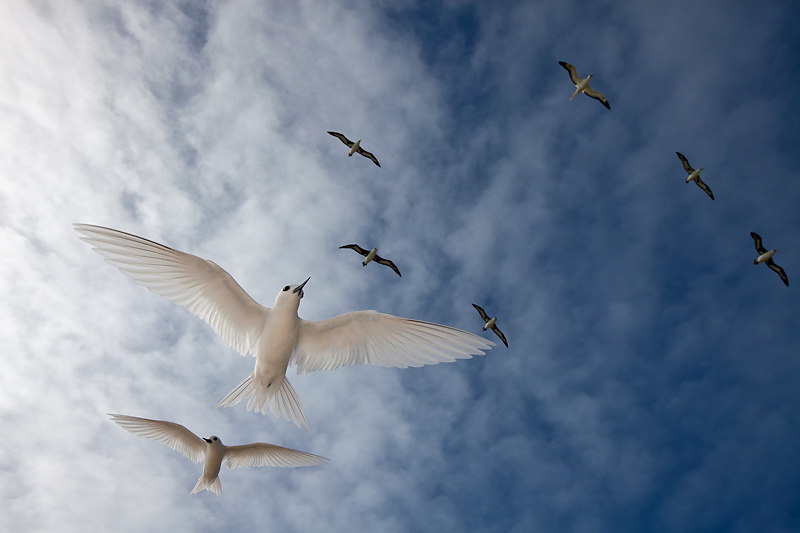
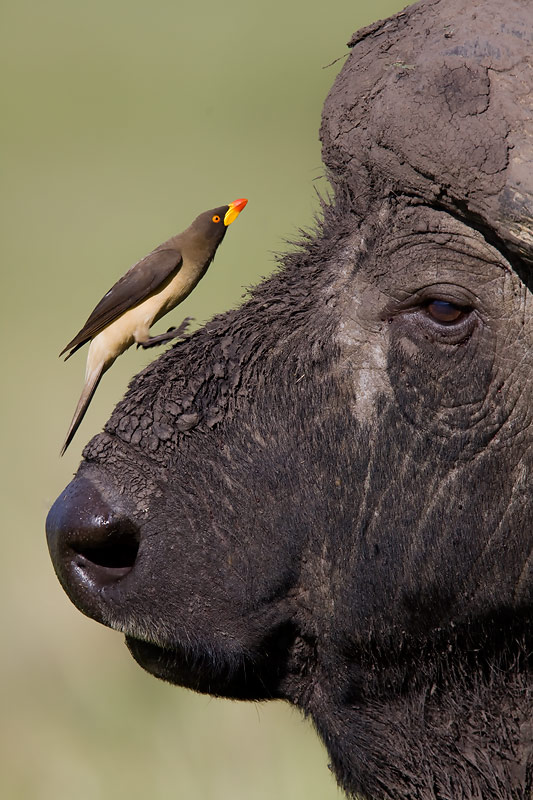
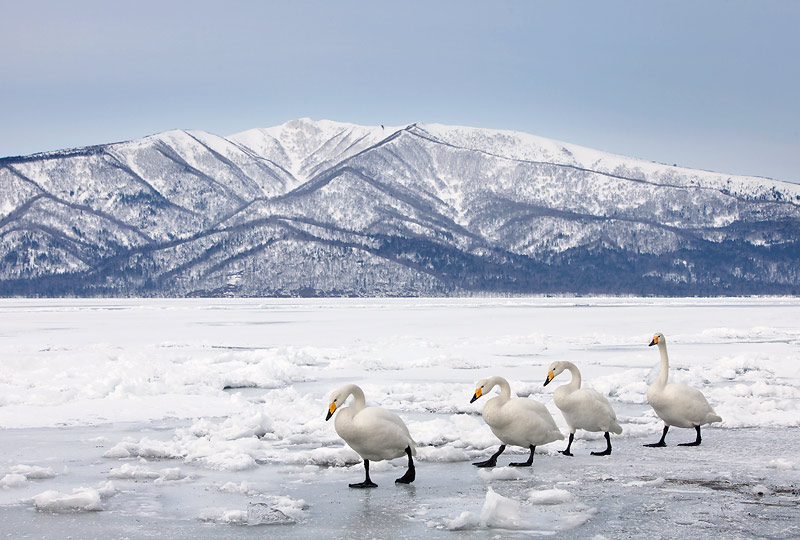
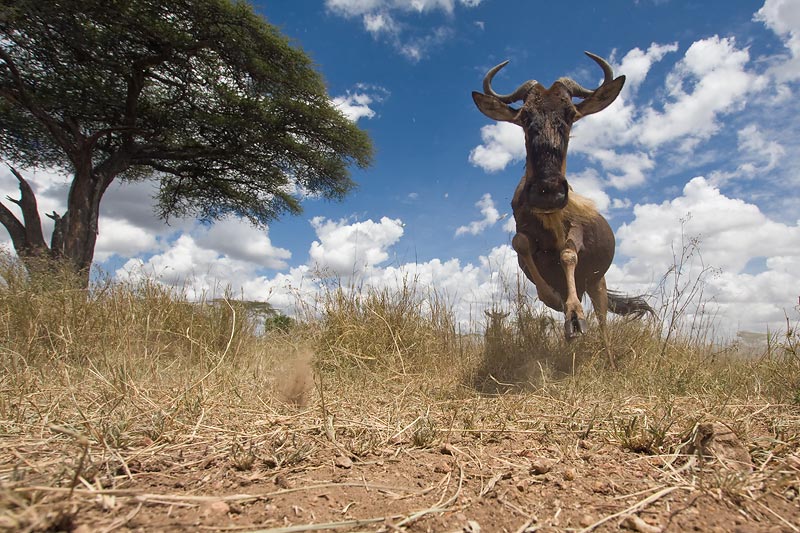
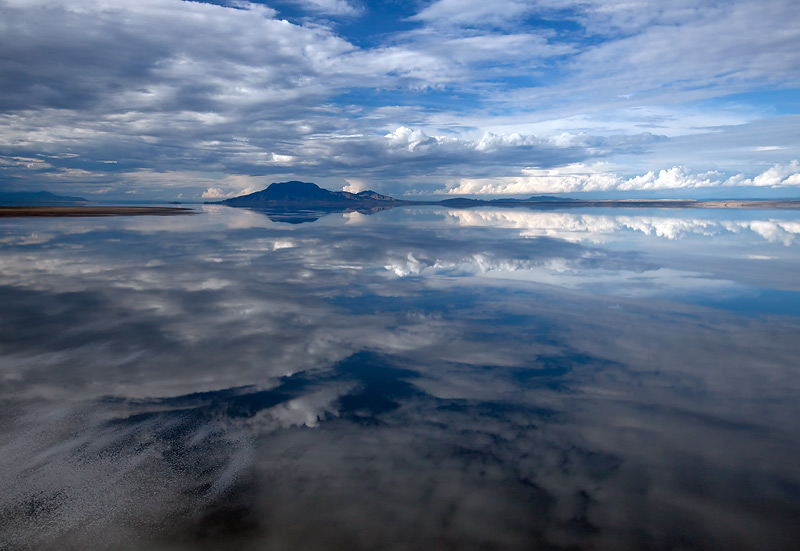
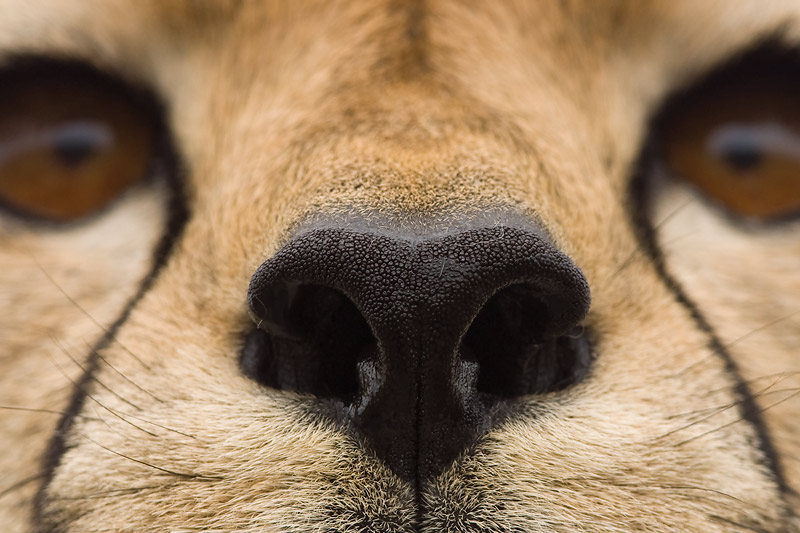
Gordon
September 28, 2010
Many congratulations on the new addition to the family, daughters are wonderfull always but especially up to around 7 yrs old at which time they become female and can no longer be understood.
These are certainly fantastic images, I particularly like the “up the nose” shot of Keekei.
Cheers
Gordon
Ron Horn
September 28, 2010
Congratulations on your new addition. Parenting a little girl is one of life’s greatest joys. Your favorite images are spectacular and the most beautiful is Amaya.
Blessings to your family,
Ron
Paul Mckenzie
September 29, 2010
Thx Ron. Hope all is well your end. You must be getting ready for the bald eagles soon!
Richard T Vernick
September 29, 2010
Paul,
Congradulations on the new Homo Sapiens. Your pics are special.
Thanks for sharing.
Richie and Barbra Vernick
Goos van der Heide
September 29, 2010
Hi Paul,
Congratulations with your newborn !
Everyones favourite 😉
Goos and Tina
the Netherlands
Charlie F
September 29, 2010
P&P,
Fantastic news…send my love to Patipath.
All well in Siberia, should be starting my track across the lowlands by the end of the month.
CF
Paul Mckenzie
September 29, 2010
Your trip sounds like it’s been great with not too many disasters. Want to come to Tahiti next year?
Yan Verschueren
September 29, 2010
This beautifull shows the struggel for survive and the richdom of biodiversity. I hope people will react by seeing this pictures and move to protect beautiful nature. yan frm WWF Belgium
winnie
September 29, 2010
hi Paul, BIG CONGRATS again with your latest family addition. love all the photos! the world can look magical! much love winnie – NYC
Paul Mckenzie
September 29, 2010
Hi Winnie. When will you next be in HK? We really enjoyed seeing you and your new addition when you were last here. Definitely the best behaved baby that we have come across!
grace
September 29, 2010
Congratulations on your baby girl – she’s beautiful. Loved the photos – penguins and swans are still my favourites though the colours of the underwater photo caused a pause for breath. The photos of the oxpecker and orangutuan are fantastic.
Frances
September 29, 2010
Hi Paveena & Paul,
Congratulations on baby Amaya! Have no doubt she will soon become your favourite subject for photography, if she hasn’t already. What a beautiful little girl! Looking forwards to meeting her.
Frances & Philippe
Li
September 29, 2010
What a lovely picture of Amaya! Truly amazing photos and your comments add even more immediacy to the images! Li
Govind and Mimi
September 30, 2010
Paul – Congratulations to you and Paveena on the new addition to the family, and many thanks for sharing your “best of” collection of photos…. truly stunning. You do have the gift.
Best to you and the family,
Govind and Mimi
Paul Mckenzie
September 30, 2010
Thx Govind. Hope all is well with you and Mimi. Let me know when you are next in Hong Kong.
Oh
October 1, 2010
Congratulations and welcome to the world on the arrival of your adorable princess ” AMAYA” .Thanks for sharing your amazing photos, wow!!
Best wishes to both of you and the family.
Michel Besnard
October 7, 2010
Congratulation what a beautiful girl, a little Princess and a beautiful name Amaya. Your photos are absolutely amazing.
Lots of love to you and the family.
Virginia Gray
October 11, 2010
Congratulations on the birth of your beautiful child!
All wonderful photos ,but I still love the red crowned crane walking on the snow field. I love the minimalist quality of that image!
All the best Virginia( Blue Mountains)
Paul Mckenzie
October 17, 2010
Thanks Virginia – am headed back to Hokkaido in February. I will again be staying for some of the time at Hikkory Wind. Will also spend some time up on the Shiratoko Peninsular. Hope all is well your end and the illustrations are going well. Best regards, Paul.
Jeanette Jacques
November 3, 2010
I happened upon your site while searching for something else – I forget what I was looking for because I became so enraptured with your photos and spent a bunch of time on your site browsing! “Stunning” and “magnificent” don’t seem like adequate words to explain what I just viewed here. Thanks for making this viewable to “strangers”. Jeanette in Florida, USA
Paul Mckenzie
November 11, 2010
Thanks for your kind words Jeanette. Have added you to my blog so hopefully I can continue to inspire you. Best, Paul